Exploring the Evolution and Ergonomics of Office Chairs

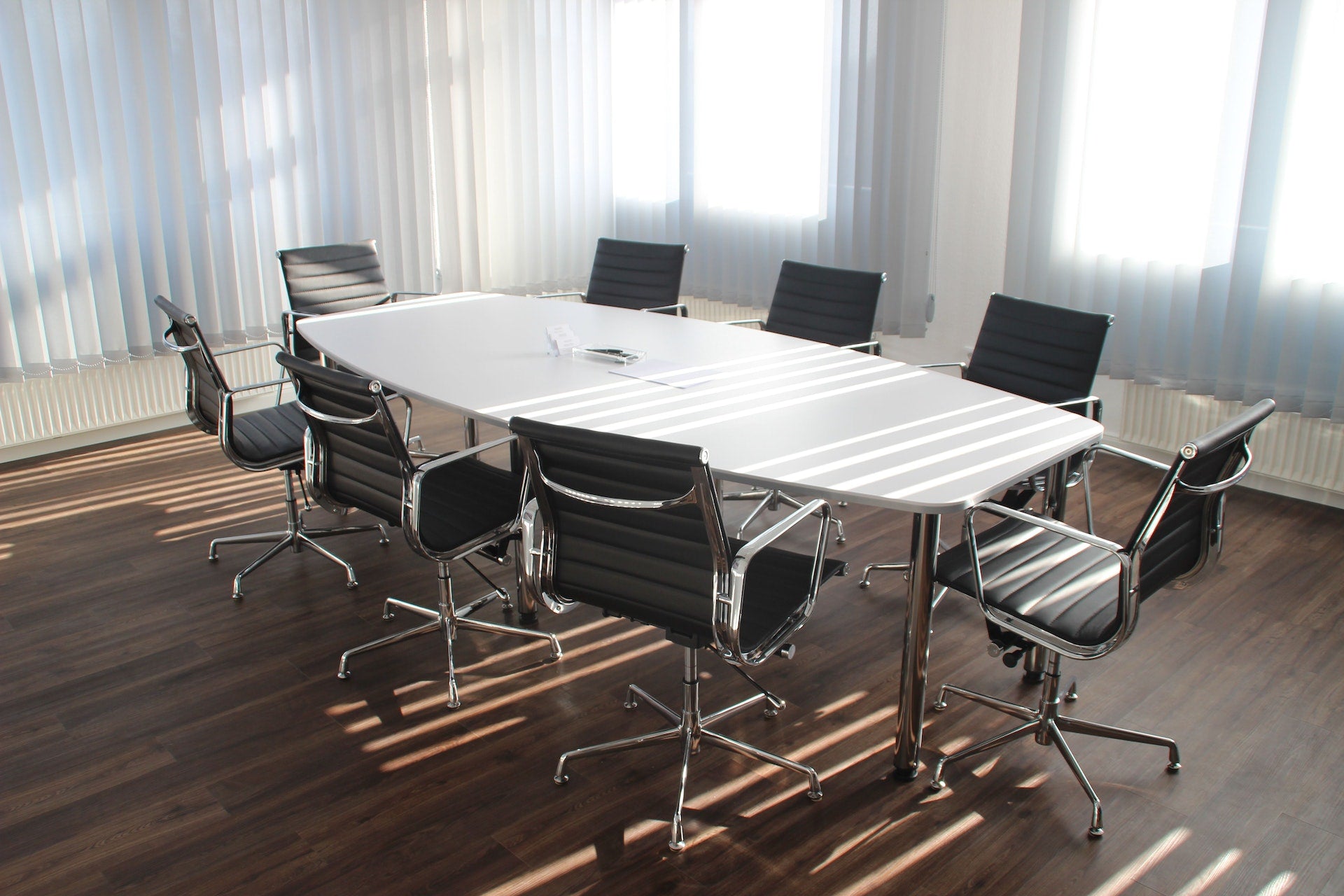
In the modern workplace, office chairs have become an essential piece of furniture, often determining the comfort and productivity of employees.
The evolution of office chairs over the years has been driven by a growing understanding of ergonomics and the need to adapt to changing work environments.
In this article, we will take a comprehensive look at the history and evolution of office chairs, the science of ergonomics, and how these elements have converged to create the comfortable and functional chairs we use today.
The History of Office Chairs
Office chairs have a long and intriguing history, dating back centuries. The design and purpose of these chairs have evolved significantly, reflecting changes in the nature of work and our understanding of comfort and ergonomics.
1. Early Office Chairs
A. Origins in Antiquity
The concept of a chair designed for office work may seem relatively recent, but the roots of office chairs can be traced back to antiquity. Ancient Egyptians, Greeks, and Romans used rudimentary chairs, often made of wood, as seats of authority. These early chairs were far from ergonomic, primarily serving a symbolic rather than a practical purpose.
B. The Birth of the Swivel Chair
The 18th century saw the birth of the swivel chair, a significant step in the evolution of office chairs. The English inventor Thomas Jefferson is credited with designing the first swivel chair in 1776. His design allowed the user to rotate 360 degrees, which was revolutionary for its time. The swivel chair allowed for greater mobility and access to different areas of a workspace, making it more functional for office tasks.
2. The Industrial Revolution
A. Mass Production and Standardization
The Industrial Revolution, which spanned from the late 18th to the early 19th century, brought about significant changes in manufacturing and design. This era marked the transition from handcrafted to mass-produced chairs. With factories producing chairs on a large scale, there was a need for standardization in design.
B. Emergence of the Office Chair
As office spaces and corporate organizations grew during the 19th century, there was a growing need for more functional and comfortable chairs for office work. The emergence of the office chair was a direct response to the changing nature of work, where individuals spent longer hours at their desks.
3. Mid-20th Century Modernism
A. Ergonomics Takes Center Stage
The mid-20th century was marked by the advent of ergonomics, the science of designing objects to fit the human body's natural capabilities and limitations. Ergonomic task chairs became a central consideration in chair design. Chairs began to incorporate adjustable features, lumbar support, and cushioning to enhance comfort and reduce the risk of health issues associated with prolonged sitting.
B. Iconic Designs
The mid-20th century also saw the rise of iconic office chair designs. One of the most famous is the Eames Aluminum Group chair, designed by Charles and Ray Eames in 1958. This chair was characterized by its sleek, modern design and focus on comfort. Its success set a benchmark for office chair design and influenced many subsequent creations.
4. Modern Office Chairs
A. Technological Advancements
The modern office chair has benefited from technological advancements, both in materials and design. These chairs now feature a wide range of adjustments, materials, and features, such as lumbar support, recline mechanisms, and ergonomic cushions. Innovations in manufacturing have also made it possible to produce chairs that are more comfortable, durable, and affordable.
B. Sustainability and Aesthetics
In recent years, there has been a growing emphasis on sustainability in office chair design. Many manufacturers now use environmentally friendly materials and production methods. Aesthetics have also become a critical consideration, with many office stools designed to complement contemporary office spaces.
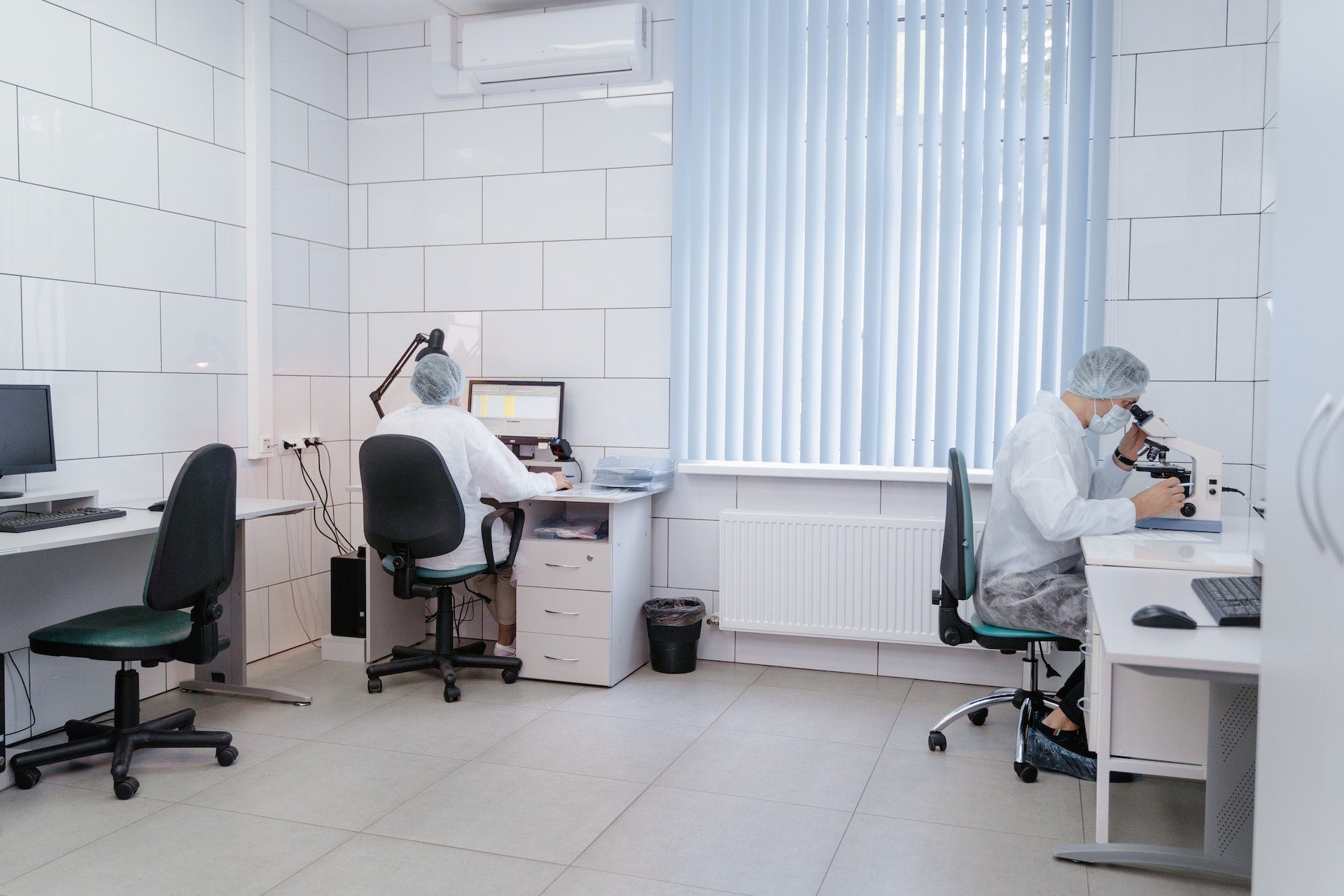
The Science of Ergonomics
Ergonomics is the science of designing products and environments to fit the needs and capabilities of humans. It plays a crucial role in the design of office chairs and is central to the evolution of comfortable and efficient seating solutions.
1. Principles of Ergonomics
A. Human-Centered Design
Ergonomics places humans at the center of design considerations. It recognizes that individuals have different body sizes, shapes, and physical limitations. Office chairs must be adjustable and adaptable to cater to the unique needs of each user.
B. Posture and Comfort
One of the primary goals of ergonomics in office chair design is to promote proper posture and comfort. Chairs are designed to support the natural curves of the spine and provide lumbar support. This helps reduce the risk of musculoskeletal disorders, such as back pain and strain.
2. Key Ergonomic Features
A. Adjustable Height
Office chairs should allow users to adjust the seat height to ensure that their feet rest flat on the floor and their knees are at a 90-degree angle. This promotes proper circulation and reduces pressure on the lower back and legs.
B. Lumbar Support
Lumbar support is critical for maintaining the natural curve of the lower spine. It prevents slouching and minimizes the risk of back pain. Ergonomic chairs for back pain often feature adjustable lumbar support to accommodate various body types.
C. Armrests
Adjustable armrests promote proper arm and shoulder alignment, reducing the strain on the upper body. Users should be able to set the armrests at a height that allows their arms to rest comfortably while typing or using a mouse.
D. Seat Depth and Tilt
The depth of the seat and its tilt should be adjustable. This allows users to maintain proper posture and support their thighs while sitting for extended periods. The ability to tilt the seat can also relieve pressure on the thighs and buttocks.
3. Reducing the Risks of Prolonged Sitting
Prolonged sitting can have adverse effects on physical health, leading to issues such as obesity, cardiovascular problems, and musculoskeletal disorders. Ergonomic office chairs are designed to mitigate these risks by encouraging movement and proper posture.
A. Active Sitting
Some office chairs are designed to promote active sitting, where users engage their core muscles while sitting. This can be achieved through features like a flexible seat pan that allows for micro-movements.
B. Dynamic Adjustments
Modern office chairs often feature dynamic adjustments, enabling users to change their sitting position throughout the day. This can include rocking, reclining, or leaning forward, reducing the strain on specific muscle groups.
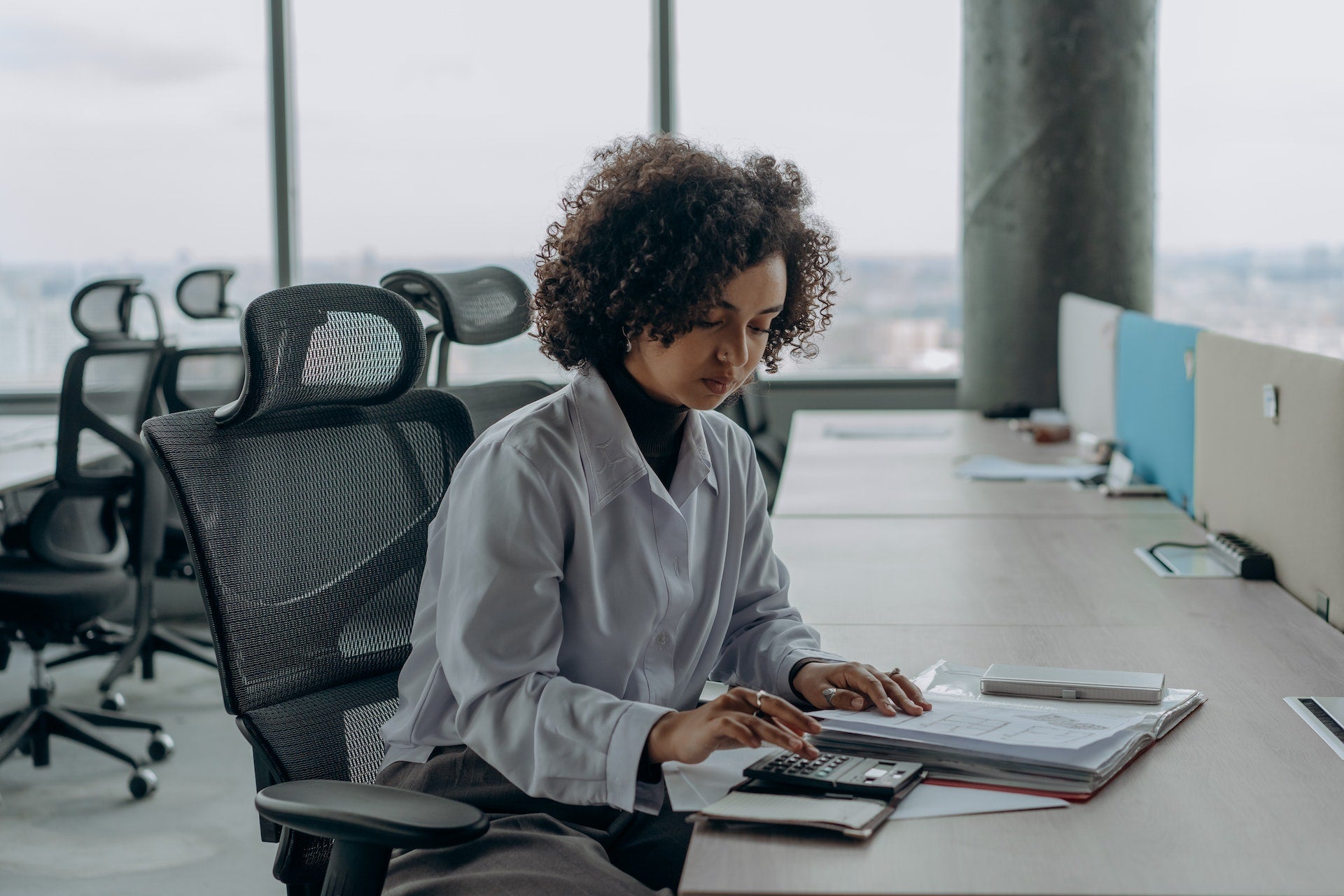
The Evolution of Office Chair Materials
The materials used in office chair construction have evolved significantly over the years. These changes have been driven by factors such as technological advancements, sustainability considerations, and a desire for greater comfort and durability.
1. Early Materials
A. Wood
Early office chairs were primarily constructed from wood. While wood is sturdy, it lacks the flexibility and cushioning required for prolonged sitting. These chairs were often simple in design and lacked ergonomic features.
B. Leather and Fabric
Upholstered chairs with leather or fabric covers started to emerge in the 19th century. While more comfortable than purely wooden chairs, these materials were not as durable or easy to clean.
2. Modern Materials
A. Synthetic Fabrics
The mid-20th century saw the introduction of synthetic fabrics such as nylon and polyester. These materials offered greater durability and stain resistance. They were also more comfortable than traditional wooden chairs.
B. Mesh
Mesh office chairs became popular in the late 20th century. Mesh is breathable, which can help regulate temperature and reduce discomfort caused by sweating during extended sitting periods. It also conforms to the body, providing support and comfort.
C. High-Performance Plastics
High-performance plastics, such as polycarbonate and polypropylene, have become integral in chair design. They offer lightweight, durable, and ergonomic solutions. These materials are often used in the frames and armrests of modern office chairs.
D. Memory Foam and Gel Cushions
The best office chairs for back problems use memory foam or gel cushions in the seat and backrest. These materials provide exceptional comfort and conform to the user's body, reducing pressure points and promoting better blood circulation.
3. Sustainable Materials
Sustainability has become a significant consideration in modern office chair design. Manufacturers are increasingly using recycled and recyclable materials, reducing the environmental impact of chair production. Sustainable materials also include responsibly sourced wood and non-toxic finishes.
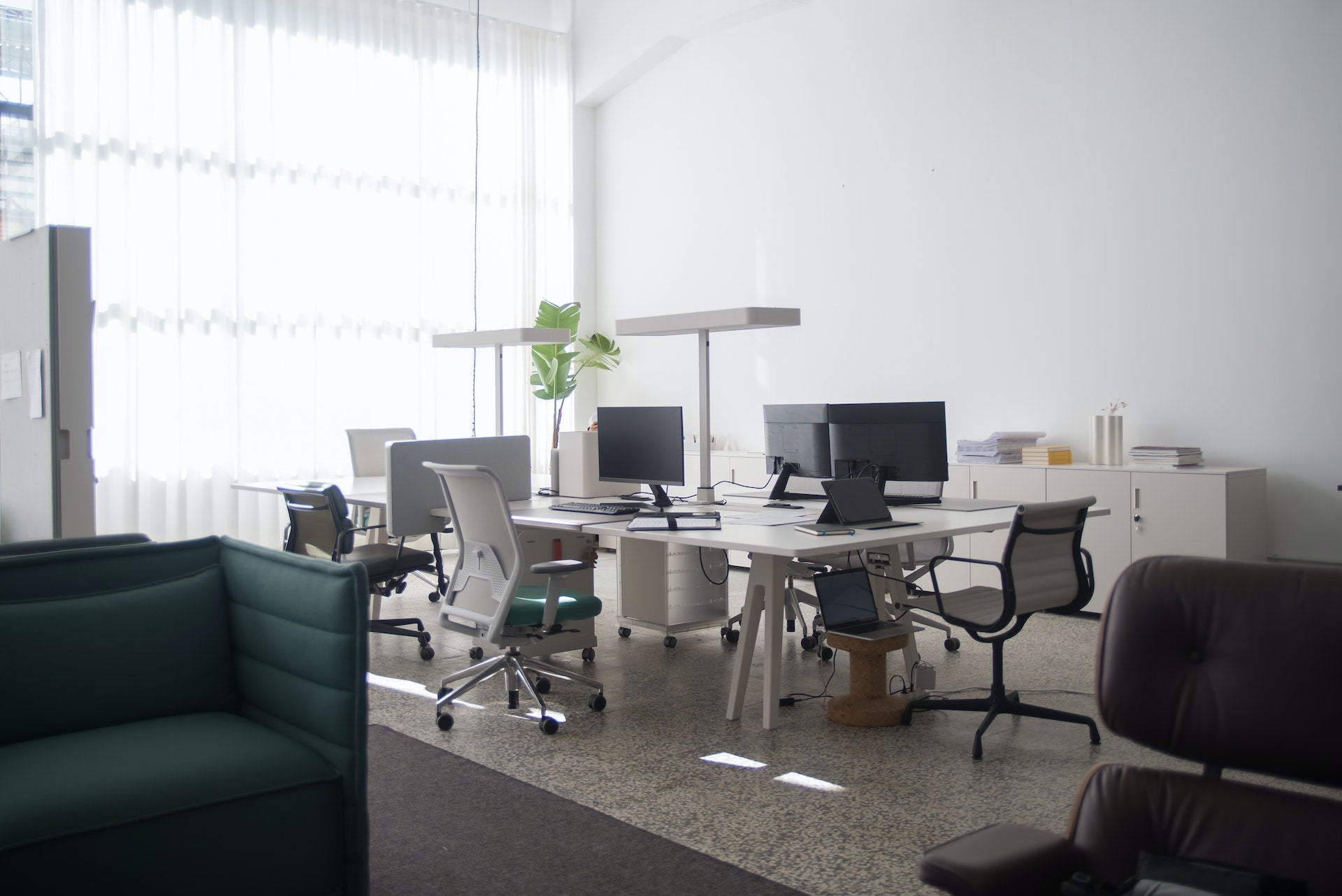
The Impact of Technology on Office Chair Design
Advancements in technology have played a significant role in shaping the evolution of office chairs. These innovations have led to more efficient manufacturing processes and enhanced the functionality of office chairs.
1. Computer-Aided Design (CAD)
Computer-aided design (CAD) software has revolutionized the way office chairs are designed. Designers can create detailed 3D models and simulate how chairs will look and function before they are physically built. This has led to more precise and ergonomic designs.
2. Advanced Materials and Manufacturing
Technological advances have enabled the use of high-performance materials and manufacturing techniques that were previously unavailable. For example, the use of injection molding in the production of plastic chair components has improved consistency and reduced waste.
3. Digital Connectivity
In some modern office chairs, digital connectivity has become a feature. These chairs may include sensors that monitor posture, seating habits, and other data. This information can be used to provide feedback to users about their sitting habits and encourage healthier behavior.
4. Smart Adjustment Systems
Some high-end office chairs are equipped with smart adjustment systems. These systems allow users to customize their sitting experience by fine-tuning chair settings through smartphone apps or remote controls. This level of customization ensures that users can achieve the most comfortable and ergonomic position.
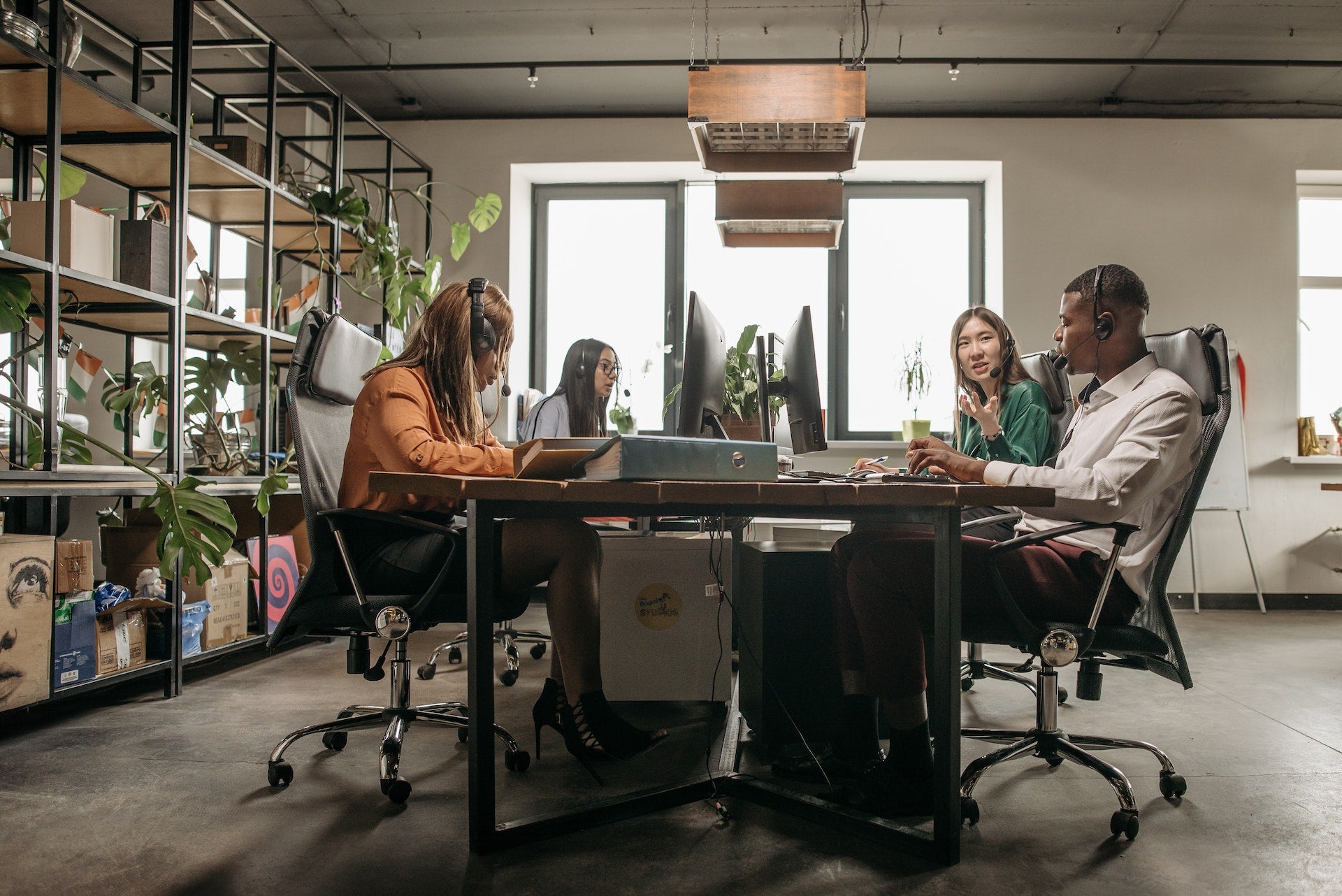
The Future of Office Chair Design
As technology continues to advance and our understanding of ergonomics deepens, the future of office chair design holds exciting possibilities. Here are some of the trends and innovations we can expect to see in the coming years.
1. Customization and Personalization
Future office chairs are likely to offer even greater customization options. Users will be able to tailor their chairs to their precise preferences, adjusting everything from seat firmness to lumbar support.
2. Sustainable Design
Sustainability will remain a central concern in the design of office chairs. Manufacturers will continue to explore eco-friendly materials, such as recycled plastics and sustainable wood sources, to reduce the environmental impact of chair production.
3. Internet of Things (IoT) Integration
IoT technology will play an increasingly significant role in office chair design. Chairs may become part of a connected office ecosystem, offering features like automatic adjustment based on user preferences and posture monitoring.
4. Health and Well-Being Features
Future office chairs may incorporate more health-oriented features. This could include built-in massagers, posture correction technology, or even monitors for vital signs. These features would contribute to the overall well-being of users in a sedentary work environment.
5. Sustainable Energy Solutions
With a growing emphasis on sustainability, office chairs may incorporate energy-efficient features. This could involve harnessing energy from movement or sunlight to power small devices or charge electronics.
The evolution of office chairs has been a fascinating journey from rudimentary wooden seats to advanced, ergonomic designs. The integration of ergonomics, advanced materials, and technology has led to chairs that are not only comfortable but also contribute to the health and well-being of users.
As we look to the future, it's clear that office chair design will continue to evolve, offering more customization, sustainability, and smart features. These innovations will play a significant role in creating a more comfortable and productive work environment for employees across the globe.
The humble office chair has come a long way, and its journey is far from over.
